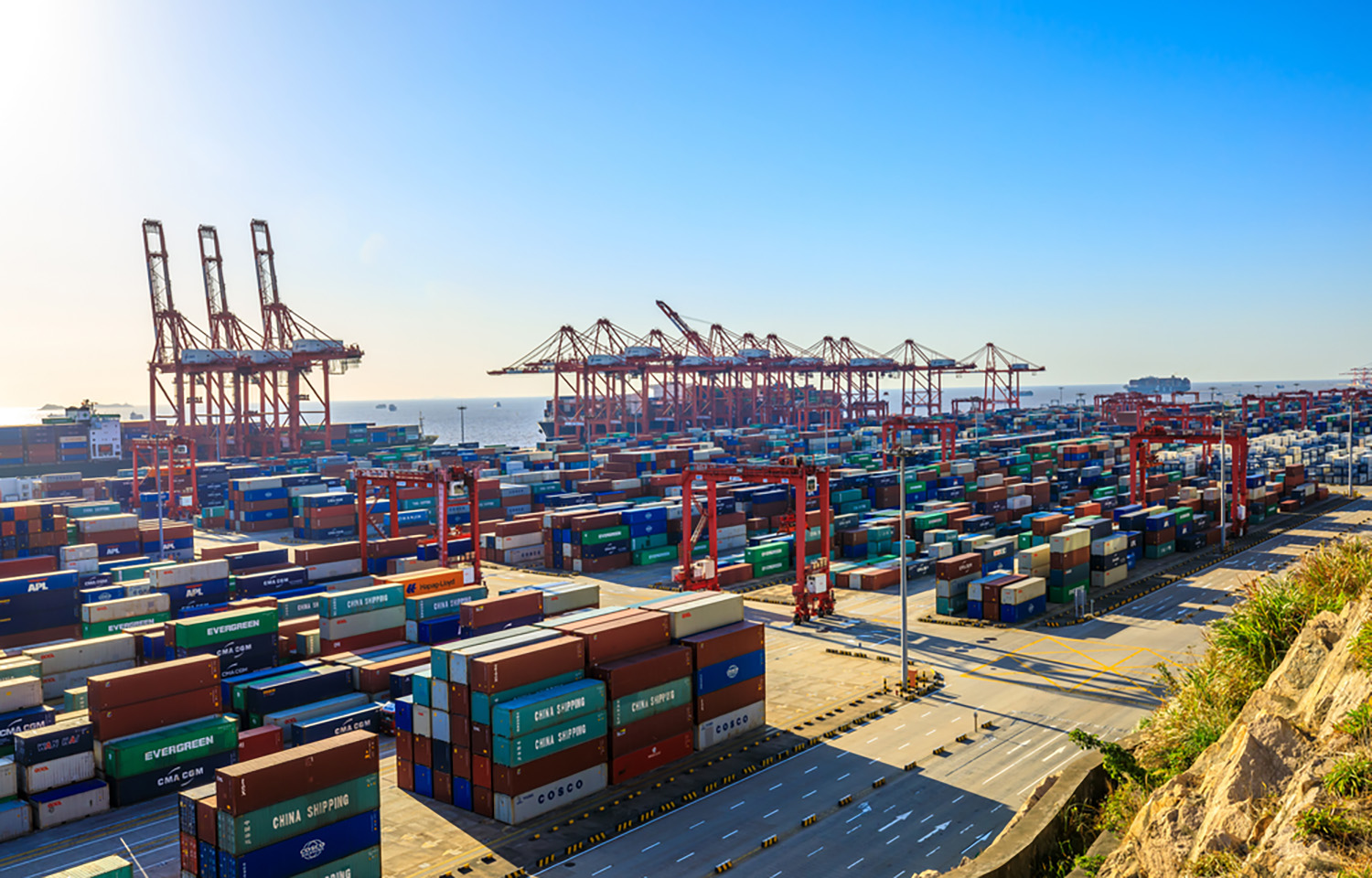Sanctions and higher tariffs are driving up freight rates for Chinese exporters seeking to access key Western markets, putting pressure on seafood exporters who are already battling downward trends in demand.
In mid-May, U.S. President Joe Biden announced new tariffs on a slate of Chinese goods, and many exporters have responded by rushing to get their goods to market before the tariffs kick in on 1 August. This rush to port has increased the demand for containers, subsequently driving up prices and causing shipping delays in such major ports like Singapore, where wait times have doubled, Channel News Asia reported.
The rush to ports has caused container prices to rise 88 percent over May and June, according to Tan Hua Joo, a container shipping market analyst at shipping data company Linerlytica, who said there’s “little spare capacity” available to accommodate demand for cargo containers.
Nick Ovchinnikov, CEO of Oceanside, California, U.S.A.-based seafood importing business Lotus Seafood Inc., told SeafoodSource that the issue is being compounded by the fact other major shipping lanes continue to face disruptions – such as in the Red Sea, where acts of terror from the Houthi militia group are still disrupting shipping routes between Asia, Europe, and U.S. East Coast ports. Once through those shipping lanes, cargo vessels then face additional problems at cargo ports.
“According to our freight forwarders, ports globally continue to experience delays and bottlenecks, further driving up freight rates,” Ovchinnikov said. “Same as in 2021, shipping carriers have imposed extra fees to cover the heightened operational costs. These combined factors have led to elevated freight rates, with the situation expected to remain difficult as peak season approaches and operational challenges persist. However, it’s important to note that the current situation is still not as severe as the one we saw in the second half of 2021.”
Higher freight rates are bad news for Chinese seafood firms, many of which have looked abroad more than domestically as of late to make up for weaker demand at home.
Ovchinnikov said that one positive aspect that may come out of the shipping crunch is that recent export issues may force Chinese import firms to clear out inventory that has piled up.
“The current rise in freight rates signals a promising increase in demand, presenting a valuable opportunity for seafood importers to clear long-standing inventory accumulated during 2022 and 2023,” he said. “This uptick in demand is poised to allow businesses to sell their excess stock at higher margins, hopefully offsetting the financial challenges experienced over the past two years. It is crucial for businesses to have learned from past experiences and to avoid speculative over-ordering, which can lead to market imbalances and significant future disruptions.”








